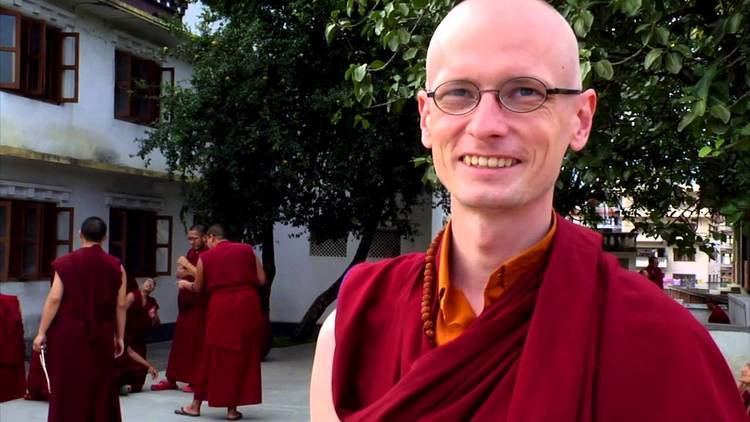Founded 1972 | Founded by Tulku Urgyen Rinpoche Type Tibetan Buddhist Lineage Chokling Tersar Number of monks 180 | |
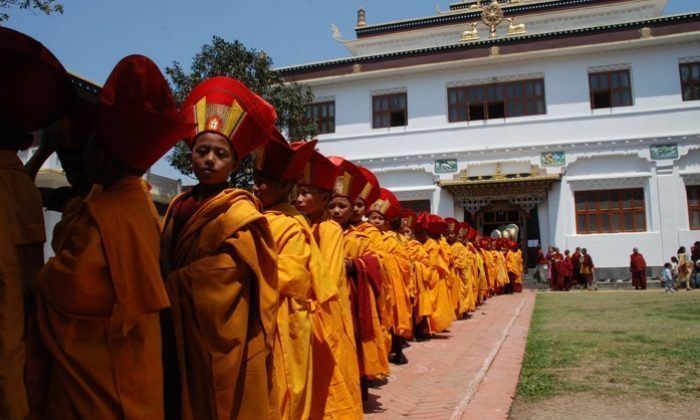 | ||
Losar ka nying shedrub ling 2015 kathmandu
Ka-Nying Shedrub Ling is a Tibetan Buddhist monastery near Boudhanath, on the outskirts of Kathmandu, Nepal. It has ties to both the Kagyu and Nyingma schools, hence the combined name Ka-Nying.
Contents
- Losar ka nying shedrub ling 2015 kathmandu
- The final drubchen of 2016 ka nying shedrub ling monastery
- History
- Rangjung Yeshe Institute
- 2015 Earthquake
- References

The final drubchen of 2016 ka nying shedrub ling monastery
History
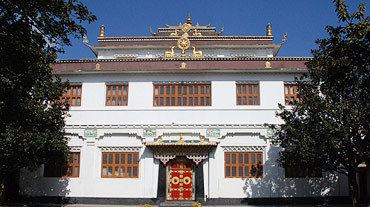
The Sixteenth Karmapa asked Kyabje Tulku Urgyen Rinpoche to found a monastery in Nepal. Following this Tulku Urgyen went to Nepal with his wife Kunsang Dechen and two sons, Chökyi Nyima Rinpoche and Tsikey Chokling Rinpoche. Construction began in 1972, and the monastery was dedicated in 1976. HM King Birendra attended. Tulku Urgyen died on February 13, 1996, whereupon his son, Chokyi Nyima, succeeded him as Abbot (his brother becoming Vajra Master). Kyabgön Phakchok Rinpoche, along his father, Tsikey Chokling Rinpoche, serve as Vajra Masters for Ka-Nying Shedrub Ling. The monastery currently boasts about 180 monks and 108 nuns at an affiliated nunnery, Nagi Gompa (some distance away).
Rangjung Yeshe Institute
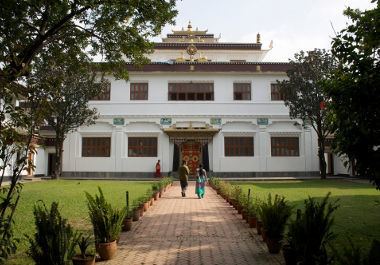
In 1981 the monastery established the Rangjung Yeshe Institute (or Shedra Institute), a multi-year course in Tibetan language and Buddhist philosophy designed for Western dharma students. It has since entered into a cooperation agreement with Kathmandu University to form the Center for Buddhist Studies whereby its students can be awarded BA and MA degrees from KU, with a major in "Buddhist Studies with Himalayan Language."
2015 Earthquake
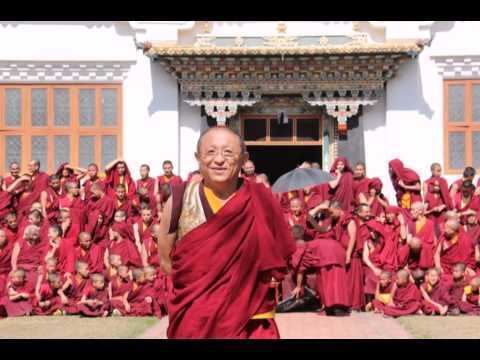
The monastery was severely damaged during the devastating 7.8 earthquake on 25 April 2015 and its aftershocks. As repairs were not possible, preparations have been made to rebuild the main temple and the affiliated nunnery, Nagi Gompa, where houses collapsed. Despite the damage, the monks and nuns have helped many villages in Nepal in providing temporary housing, food and medical supplies.
